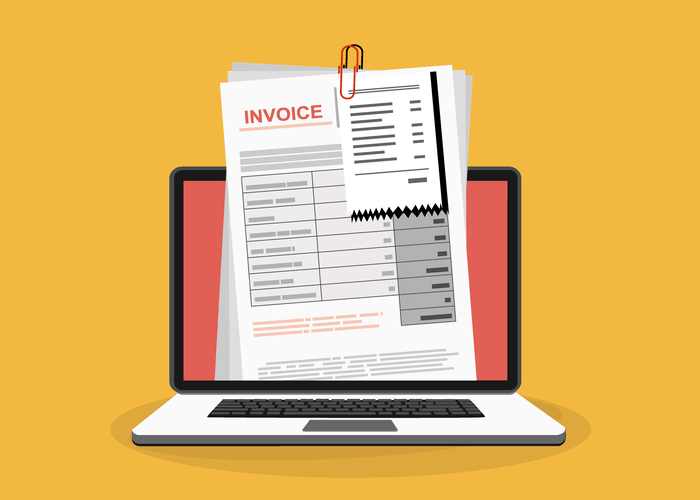
While each company will have its own unique line items, the general setup is usually the same. The price-to-cash flow (P/CF) ratio is a stock multiple that measures the value of a stock’s price relative to its operating cash flow per share. This ratio uses operating cash flow, which adds back non-cash expenses such as depreciation and amortization to net income.
To encourage cash payments, for example, you could offer a discount to customers who pay in cash. There are multiple ways you can improve your accounts receivable turnover. It’s important to think about your AR process as a whole and identify weak points to be improved. While FCF is a useful tool, it is not subject to the same financial disclosure requirements as other line items in the financial statements. This is unfortunate because if you adjust for the fact that capital expenditures (CapEx) can make the metric a little lumpy, FCF is a good double-check on a company’s reported profitability.
Understanding AR turnover ratios
There’s a good reason most organizations try to stay within carefully crafted budgets. However, an agile company needs the freedom to deviate from the budget without causing undue stress on its health, goals or people. If you’re unable to respond to an unexpected opportunity due to budget constraints — or because any cash investment requires showing an immediate return — you stagnate. Calculating cash flow separately from these measures is essential, as the value can be significantly different depending on the business structure. We believe everyone should be able to make financial decisions with confidence. Another method called the “direct method” simply adds up all the cash changes instead of starting with net income and calculating from there.
- 11 Financial may only transact business in those states in which it is registered, or qualifies for an exemption or exclusion from registration requirements.
- If you have outstanding receivables, reminders can also help to collect payments from customers who are overdue.
- Ongoing positive cash flow points to a company that is operating on a strong footing.
- Both the direct and indirect methods will result in the same number, but the process of calculating cash flow from operations differs.
- To conduct a DCF analysis, an investor must make estimates about future cash flows and the ending value of the investment, equipment, or other assets.
- For instance, if the cost of purchasing the investment in our above example were $200, then the NPV of that investment would be $248.68 minus $200, or $48.68.
Consider charging late fees for customers who pay late, this will incentivize customers to pay on time. That being said, invoices must be accurate, as errors will slow down your collection process. A high what is cash flow ratio would be around 7 to 8, but what is considered a high ratio is also dependent on the industry you are in. The ratio gives insight into the company’s effectiveness of converting their AR to cash.
Discounted Cash Flow (DCF) Explained With Formula and Examples
In other words, it reflects how much cash is generated from a company’s products or services. Financing cash flows are calculated by adding up the changes in all the long-term liability and equity accounts. Investing cash flows are calculated by adding up the changes in long-term asset accounts. Using this method, cash flow is calculated through modifying the net income by adding or subtracting differences that result from non-cash transactions.



